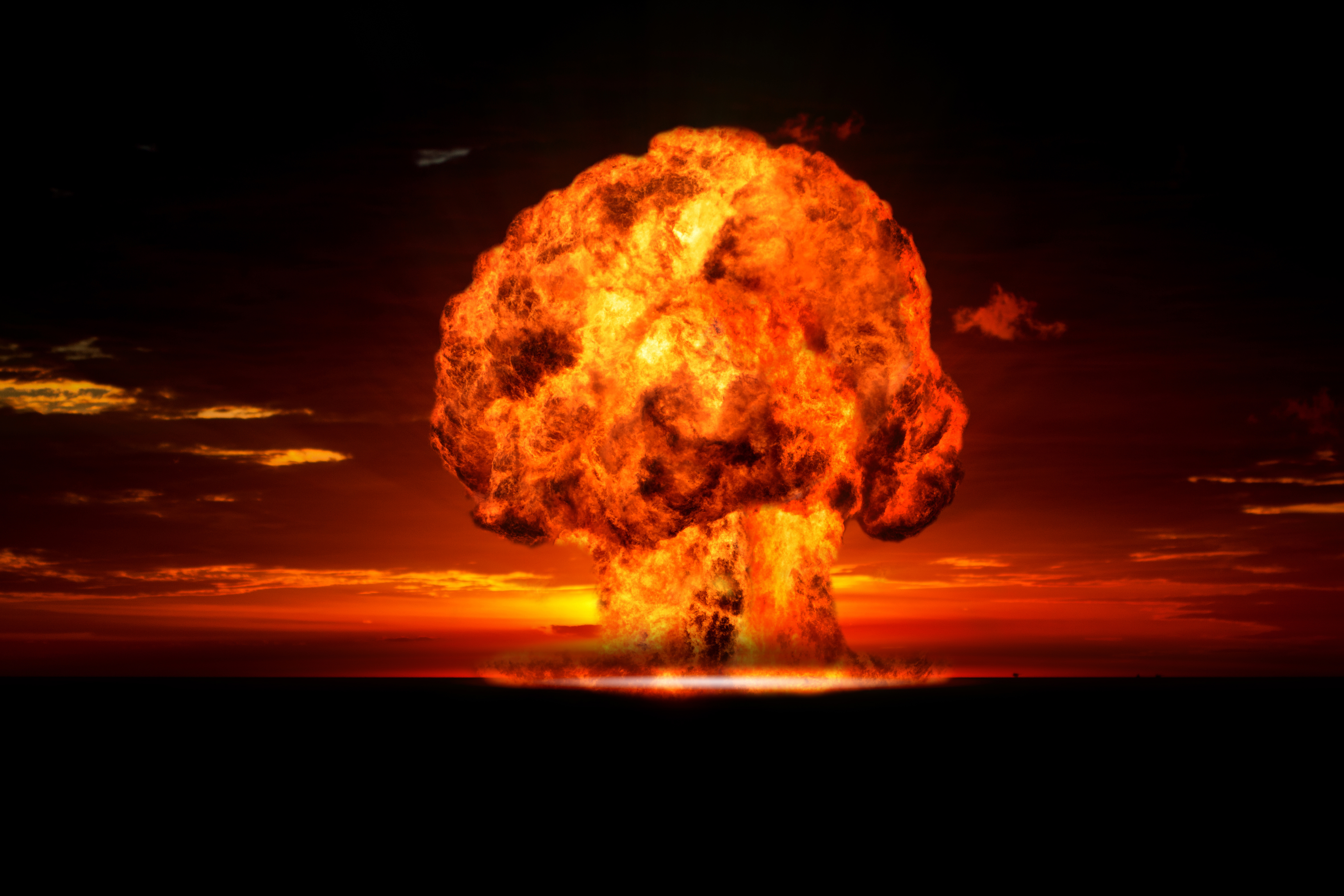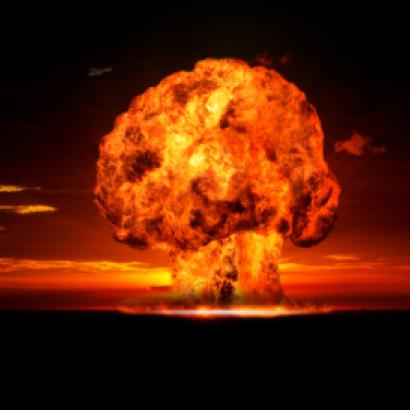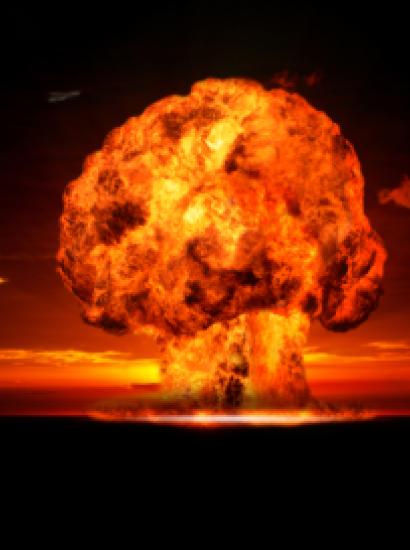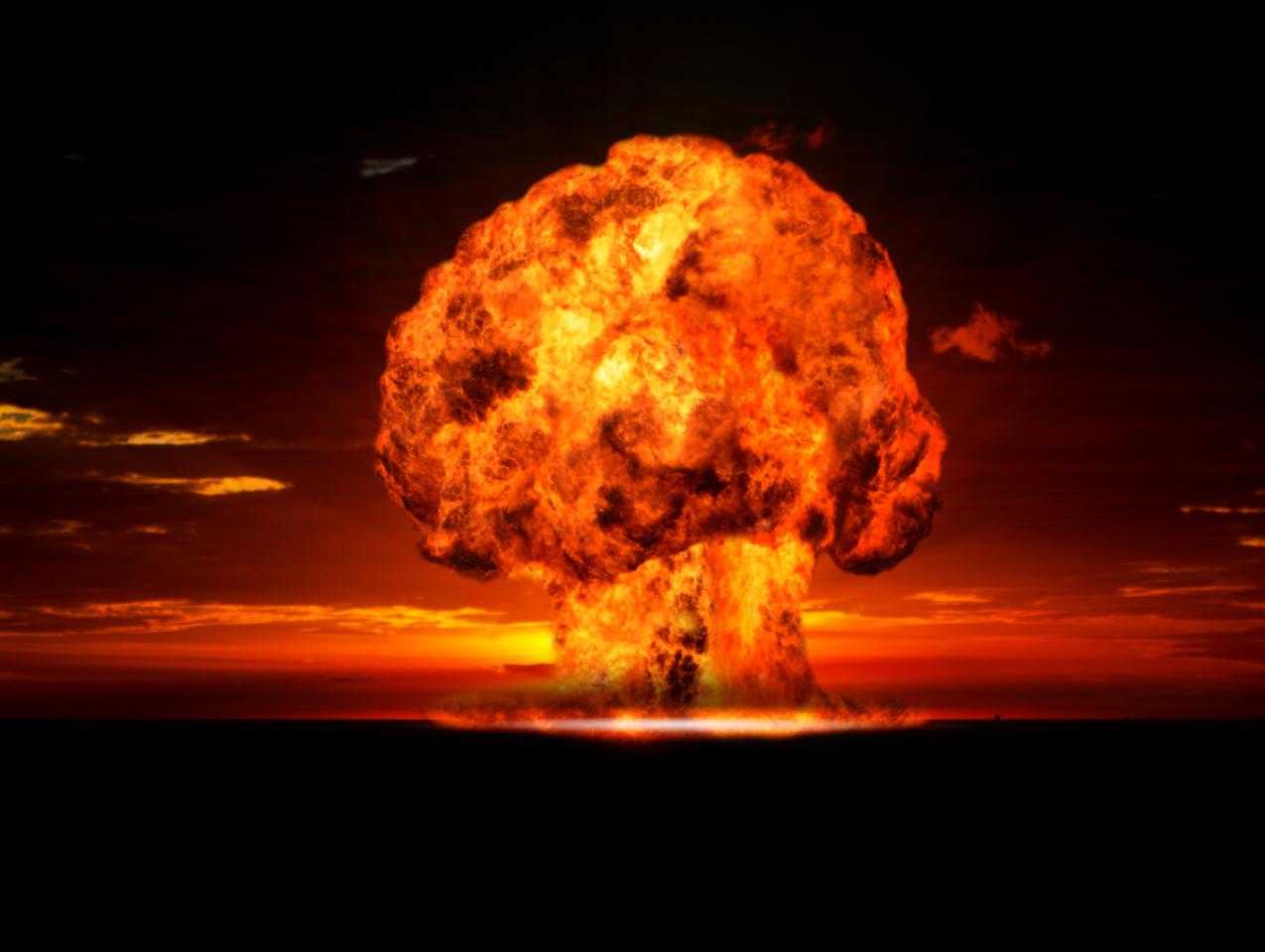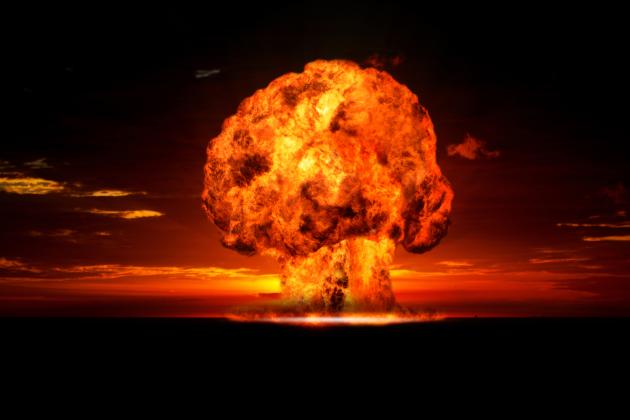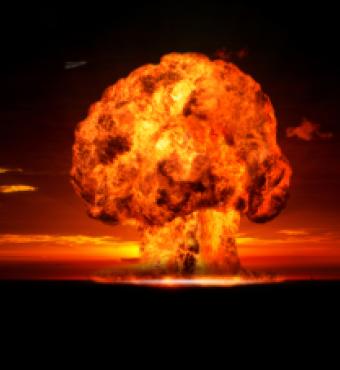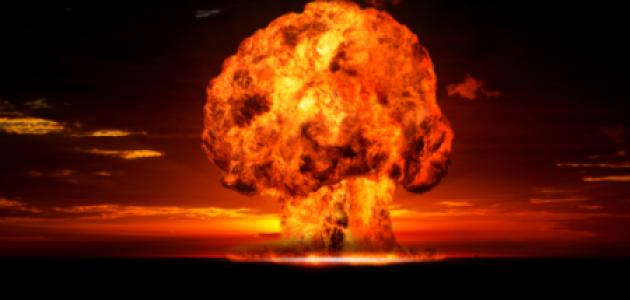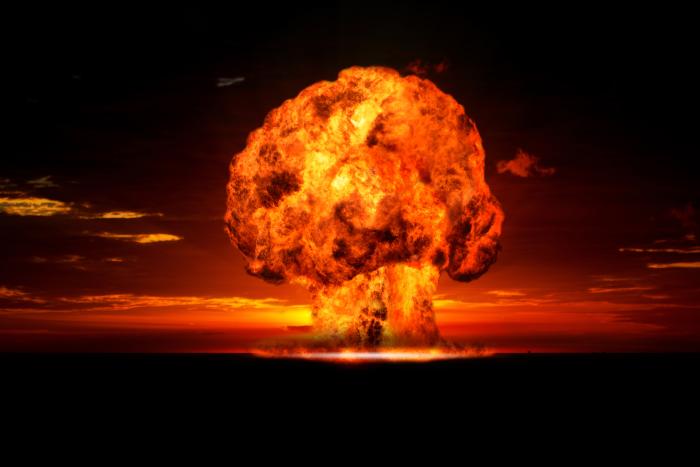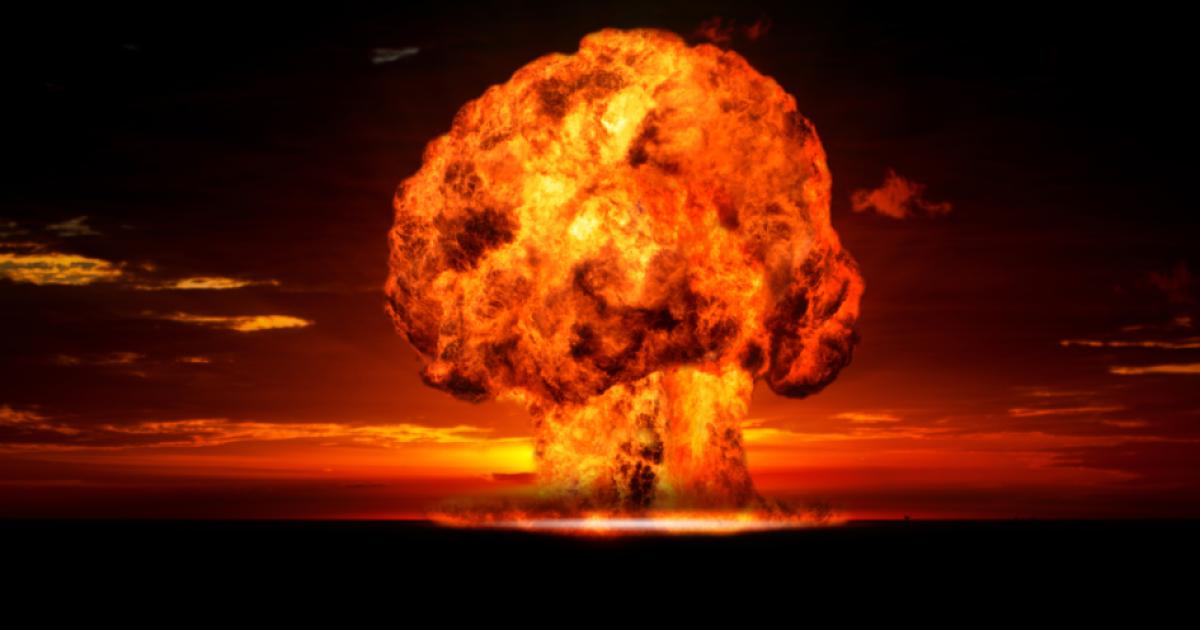- International Affairs
- US Foreign Policy
The times we live in are dangerous for many reasons. Prominent among them is the existence of a global nuclear enterprise made up of weapons that can cause damage of unimaginable proportions and power plants at which accidents can have severe, essentially unpredictable consequences for human life. For all of its utility and promise, the nuclear enterprise is unique in the enormity of the vast quantities of destructive energy that can be released through blast, heat, and radioactivity.
To get a better grip on the state of the nuclear enterprise, we convened a group of prominent experts at Stanford University’s Hoover Institution. The group included experts on nuclear weapons, power plants, regulatory experience, public perceptions, and policy. This essay summarizes their views and conclusions.
We begin with the most reassuring outcome of our deliberations: It’s the sense generally held that the U.S. nuclear enterprise currently meets very high standards in its commitment to safety and security. That has not always been the case in all aspects of the U.S. nuclear enterprise. But safety begins at home, and while the U.S. will need to remain focused to guard against nuclear risks, the picture here looks relatively good.
Our greatest concern is that the same cannot be said of the nuclear enterprise globally. Governments, international organizations, industry, and media must recognize and address the nuclear challenges and mounting risks posed by a rapidly changing world.
The biggest concerns with nuclear safety and security are in countries relatively new to the nuclear enterprise, and the potential loss of control to terrorist or criminal gangs of the fissile material that exists in such abundance around the world. In a number of countries, confidence in civil nuclear energy production was severely shaken in the spring of 2011 by the Fukushima nuclear reactor plant disaster. And in the military sphere, the doctrine of deterrence that remains primarily dependent on nuclear weapons is seen in decline due to the importance of nonstate actors such as al-Qaeda and terrorist affiliates that seek destruction for destruction’s sake. We have two nuclear tigers by the tail.
When risks and consequences are unknown, undervalued, or ignored, our nation and the world are dangerously vulnerable. Nowhere is this risk/consequence calculation more relevant than with respect to the nucleus of the atom.
From Hiroshima to Fukushima
The nuclear enterprise was introduced to the world by the shock of the devastation produced by two atomic bombs hitting Hiroshima and Nagasaki. Modern nuclear weapons are far more powerful than those early bombs, which presented their own hazards. Early research depended on a program of atmospheric testing of nuclear weapons. In the early years following World War II, the impact and the amount of radioactive fallout in the atmosphere generated by above-ground nuclear explosions was not fully appreciated. During those years, the United States and the Soviet Union conducted several hundred tests in the atmosphere that created fallout.
A serious regulatory weak point from that time still exists in many places today, as the Fukushima disaster clearly indicates. The U.S. Atomic Energy Commission (aec) was initially assigned conflicting responsibilities: to create an arsenal of nuclear weapons for the United States to confront a growing nuclear-armed Soviet threat; and, at the same time, to ensure public safety from the effects of radioactive fallout. The aec was faced with the same conundrum with regard to civilian nuclear power generation. It was charged with promoting civilian nuclear power and simultaneously protecting the public.
Progress came in 1963 with the negotiation and signing of the Limited Test Ban Treaty (ltbt) banning all nuclear explosive testing in the atmosphere (initially by the United States, the Soviet Union, and the United Kingdom). With the successful safety record of the U.S. nuclear weapons program, domestic anxiety about nuclear weapons receded somewhat. Meanwhile, public attitudes toward nuclear weapons reflected recognition of their key role in establishing a more stable nuclear deterrent posture in the confrontation with the Soviet Union.
The positive record on safety of the nuclear weapons enterprise in the United States — there have been accidents involving nuclear weapons, but none that led to the release of nuclear energy — was the result of a strong effort and continuing commitment to include safety as a primary criterion in new weapons designs, as well as careful production, handling, and deployment procedures. The key to the health of today’s nuclear weapons enterprise is confidence in the safety of its operations and in the protection of special nuclear materials against theft. One can imagine how different the situation would be today if there had been a recognized theft of material sufficient for a bomb, or if one of the two four-megaton bombs that fell from a disabled b-52 Strategic Air Command bomber overflying Goldsboro, North Carolina, in 1961 had detonated. In that event, a single switch in the arming sequence of one of the bombs, by remaining in its “off” position while the aircraft was disintegrating, was all that prevented a full-yield nuclear explosion. A close call indeed.
In the 26 years since the meltdown of the nuclear reactor at Chernobyl in Soviet-era Ukraine, the nuclear power industry has strengthened its safety practices. Over the past decade, growing concerns about global warming and energy independence have actually strengthened support for nuclear energy in the United States and many nations around the world. Yet despite these trends, the civil nuclear enterprise remains fragile. Following Fukushima, opinion polls gave stark evidence of the public’s deep fears of the invisible force of nuclear radiation, shown by public opposition to the construction of new nuclear power plants in close proximity. It is not simply a matter of getting better information to the public but of actually educating the public about the true nature of nuclear radiation and its risks. Of course, the immediate task of the nuclear power component of the enterprise is to strive for the best possible safety record. The overriding objective could not be more clear: no more Fukushimas.
Another issue that must be resolved involves the continued effectiveness of a policy of deterrence that remains primarily dependent on nuclear weapons, and the hazards these weapons pose due to the spread of nuclear technology and material. There is growing apprehension about the determination of terrorists to get their hands on weapons or, for that matter, on the special nuclear material — plutonium and highly enriched uranium — that fuels them in the most challenging step toward developing a weapon.
The global effects of a regional war between nuclear-armed adversaries such as India and Pakistan would also wield an enormous impact, potentially involving radioactive fallout at large distances caused by a limited number of nuclear explosions.
This is true as well for nuclear radiation from a reactor explosion — fallout at large distances would have a serious societal impact on the nuclear enterprise. There is little understanding of the reality and potential danger of consequences if such an event were to occur halfway around the world. An effort should be made to prepare the public by providing information on how to respond to such an event.
An active nuclear diplomacy has grown out of the Cold War efforts to regulate testing and reduce superpower nuclear arsenals. There is now a welcome focus on rolling back nuclear weapons proliferation. Additional important measures include the Nunn-Lugar program, started in 1991 to reduce the nuclear arsenal of the former Soviet Union. Such initiatives have led to greater investment by the United States and other governments in better security for nuclear weapons and material globally, including billions of dollars through the g8 Global Partnership Against the Spread of Weapons and Materials of Mass Destruction. The commitment to improving security of all dangerous nuclear material on the globe within four years was made by 47 world leaders who met with President Obama in Washington, D.C., in April 2010; this commitment was reconfirmed in March 2012 at the Nuclear Security Summit in Seoul, South Korea. Many specific commitments made in 2010 relating to the removal of nuclear materials and conversion of nuclear research reactors from highly enriched uranium to low-enriched uranium fuel have already been accomplished, along with increasing levels of voluntary commitments from a diverse set of states, improving prospects for achieving the four-year goal.
Three principles
It is evident that globally, the nuclear enterprise faces new and increasingly difficult challenges. Successful leadership in national security policy will require a continuous, diligent, and multinational assessment of these newly emerging risks and consequences. In view of the seriousness of the potentially deadly consequences associated with nuclear weapons and nuclear power, we emphasize the importance of three guiding principles for efforts to reduce those risks globally:
First, the calculations used to assess nuclear risks in both the military and the civil sectors are fallible. Accurately analyzing events where we have little data, identifying every variable associated with risk, and the possibility of a single variable that goes dangerously wrong are all factors that complicate risk calculations. Governments, industry, and concerned citizens must constantly reexamine the assumptions on which safety and security measures, emergency preparations, and nuclear energy production are based. When dealing with very low-probability and high-consequence operations, we typically have little data as a basis for making quantitative analyses. It is therefore difficult to assess the risk of a nuclear accident and what would contribute to it, and to identify effective steps to reduce that risk.
In this context, it is possible that a single variable could exceed expectations, go dangerously wrong, and simply overwhelm safety systems and the risk assessments on which those systems were built. This is what happened in 2011 when an earthquake, followed by a tsunami — both of which exceeded expectations based on history — overwhelmed the Fukushima complex, breaching a number of safeguards that had been built into the plant and triggering reactor core meltdowns and radiation leaks. This in turn exposed the human factor, which is hard to assess and can dramatically change the risk equation. Cultural habits and regulatory inadequacy inhibited rapid decision-making and crisis management in the Fukushima disaster. A more nefarious example of the human factor would be a determined nuclear terrorist attack specifically targeting either the military or civilian component of the nuclear enterprise.
Second, risks associated with nuclear weapons and nuclear power will likely grow substantially as nuclear weapons and civilian nuclear energy production technology spread in unstable regions of the world where the potential for conflict is high. States that are new to the nuclear enterprise may not have effective nuclear safeguards to secure nuclear weapons and materials — including a developed fabric of early warning systems and nuclear confidence-building measures that could increase warning and decision time for leaders in a crisis — or the capability to safely manage and regulate the construction and operation of new civilian reactors. Hence there is a growing risk of accidents, mistakes, or miscalculations involving nuclear weapons, and of regional wars or nuclear terrorism. The consequences would be horrific: A Hiroshima-size nuclear bomb detonated in a major city could kill a half-million people and result in $1 trillion in direct economic damage.
On the civil side of the nuclear ledger, the sobering paradox is this: While an accident would be considerably less devastating than the detonation of a nuclear weapon, the risk of an accident occurring is probably higher. Currently, 1.4 billion people live without electricity, and by 2030 the global demand for energy is projected to rise by about 25 percent. With the added need to minimize carbon emissions, nuclear power reactors will become increasingly attractive alternative sources for electric power, especially for developing nations. These countries, in turn, will need to meet the challenge of developing appropriate governmental institutions and the infrastructure, expertise, and experience to support nuclear power efforts with a suitably high standard of safety. As the world witnessed in Fukushima, a nuclear power plant accident can lead to the spread of dangerous radiation, massive civil dislocations, and billions of dollars in cleanup costs. Such an event can also fuel widespread public skepticism about nuclear institutions and technology.
Some developed nations — notably Germany — have interpreted the Fukushima accident as proof that they should abandon nuclear power altogether, primarily by prolonging the life of existing nuclear reactors while phasing out nuclear-produced electricity and developing alternative energy sources.
Third, we need to understand that no nation is immune from risks involving nuclear weapons and nuclear power within their borders. There were 32 so-called “Broken Arrow” accidents — nuclear accidents that do not pose a danger of an outbreak of nuclear war — involving U.S. weapons between 1950 and 1980, mostly involving U.S. Strategic Air Command bombers and earlier bomb designs not yet incorporating modern nuclear detonation safety designs. The U.S. no longer maintains a nuclear-armed, in-air strategic bomber force, and the record of incidents is greatly reduced. In several cases, accidents such as the North Carolina bomber incident came dangerously close to triggering catastrophes, with disaster averted simply by luck.
The United States has had an admirable safety record in the area of civil nuclear power since the 1979 Three Mile Island accident in Pennsylvania, yet safety concerns persist. One of the critical assumptions in the design of the Fukushima reactor complex was that, if electrical power was lost at the plant and back-up generators failed, power could be restored within a few hours. The combined one-two punch of the earthquake and tsunami, however, made the necessary repairs impossible. In the United States today, some nuclear power reactors are designed with a comparably short window for restoring power. After Fukushima, this is an issue that deserves action — especially in light of our own Hurricane Katrina experience, which rendered many affected areas inaccessible for days in 2005, and the August 2011 East Coast earthquake that shook the North Anna nuclear power plant in Mineral, Virginia, beyond expectations based on previous geological activity.
Reducing risks
To reduce these nuclear risks, we offer four related recommendations that should be adopted by the nuclear enterprise, both military and civilian, in the United States and abroad.
First, the reduction of nuclear risks requires every level of the nuclear enterprise and related military and civilian organizations to embrace the importance of safety and security as an overarching operating rule. This is not as easy as it sounds. To a war fighter, more safety and control can mean less reliability and availability and greater costs. For a company or utility involved in the construction or operation of a nuclear power plant, more safety and security can mean greater regulation and higher costs.
But the absence of a culture of safety and security, in which priorities and meaningful standards are set and rigorous discipline and accountability are enforced, is perhaps the most reliable indicator of an impending disaster. In August 2007, after a b-52 bomber loaded with six nuclear-tipped cruise missiles flew from North Dakota to Louisiana without anyone realizing there were live weapons on board, then Secretary of Defense Robert Gates fired both the military and civilian heads of the U.S. Air Force. His action was an example of setting the right priorities and enforcing accountability, but the reality of the incident shows that greater incorporation of a safety and security culture is needed.
Second, independent regulation of the nuclear enterprise is crucial to setting and enforcing the safety and security rule. In the United States today, the nuclear regulatory system — in particular, the Nuclear Regulatory Commission (nrc) — is credited with setting a uniquely high standard for independent regulation of the civil nuclear power sector. This is one of the keys to a successful and safe nuclear program. Effective regulation is even more crucial when there are strong incentives to keep operating costs down and keep an aging nuclear reactor fleet in operation, a combination that could create conditions for a catastrophic nuclear power plant failure. Careful attention is required to protect the nrc from regulatory capture by vested interests in government and industry, the latter of which funds a high percentage of the nrc’s budget.
In too many countries, strong, independent regulatory agencies are not the norm. The independent watchdog organization advising the Japanese government was working with Japanese utilities to influence public opinion in favor of nuclear power. Strengthening the International Atomic Energy Agency (iaea) so that it can play a greater role in civil nuclear safety and security would also help reduce risks, and will require substantially greater authorities to address both safety and security, and most importantly, more resources for an agency whose budget is only €333 million, with only one-tenth of that total devoted to nuclear safety and security. In addition, exporting “best practices” of the U.S. Nuclear Regulatory Commission — that is, lessons of nuclear regulation, oversight, and safety learned over many decades — to other countries would pay a huge safety dividend.
Third, independent peer review should be incorporated into all aspects of the nuclear enterprise. On the weapons side, independent experts in the United States — from both within and outside the various concerned organizations — are relied on to review or “red team” each other, rigorously challenging and debating weapons and systems safety, and communicating these points up and down the line. The Institute of Nuclear Power Operations (inpo) provides strong peer review and oversight of the civil nuclear sector in the United States. Its global counterpart, the World Association of Nuclear Operators (wano), should give a higher priority to further strengthening its safety operations, in particular its peer review process, learning from the experiences of the United States and other nations. Strong outside peer review — combined with an enhanced capacity to arrange fines based on incidents occurring in far distant countries — would help states entering the world of high-consequence operations to develop a culture and standard needed to achieve an exemplary safety record.
Beyond these recommendations, the military and civilian nuclear communities can and should learn from each other. A periodic dialogue structured around assessing and reducing the risks surrounding the nuclear enterprise would be valuable, both in the United States and abroad, and could be organized by governments or academia (as was done in the conference at Stanford). An analysis of the probabilities of undesired events and ways to minimize them, including lessons learned from accidents such as Fukushima as well as “close call” incidents, should be put on the front burner, as should consequence management — that is, what to do if a nuclear incident were to occur.
An informed public is also an essential element in responding to a nuclear crisis. Greater public awareness and understanding of nuclear risks and consequences can lead to greater public preparation to handle post-disaster challenges.
Fourth, progress on all aspects of nuclear threat reduction should be organized around a clear goal: a global effort to reduce reliance on nuclear weapons, prevent their spread into potentially dangerous hands, and ultimately end them as a threat to the world. A step-by-step process — along the lines proposed by George Shultz, William Perry, Henry Kissinger, and Sam Nunn in a series of Wall Street Journal essays — and demonstrated progress toward realizing the vision of a world free of nuclear weapons will build the kind of international trust and broad cooperation required to effectively address today’s threats — and prevent tomorrow’s catastrophe.
Our bottom line: Since the risks posed by the nuclear enterprise are so high, no reasonable effort should be spared to ensure safety and security. That must be the rule in dealing with events of very low probability but potentially catastrophic consequences.






